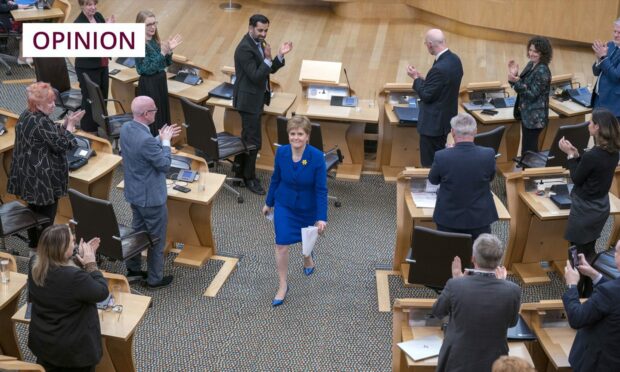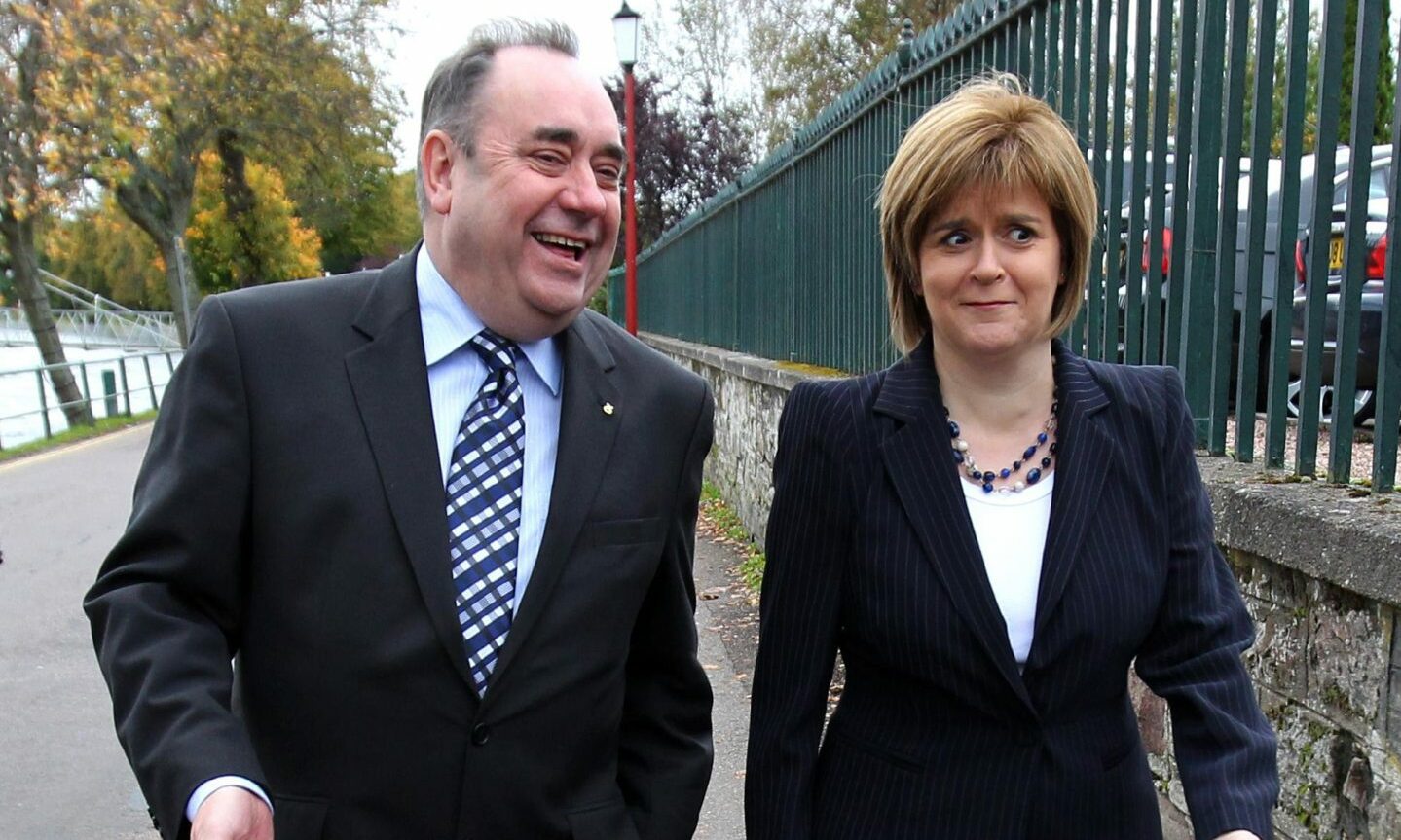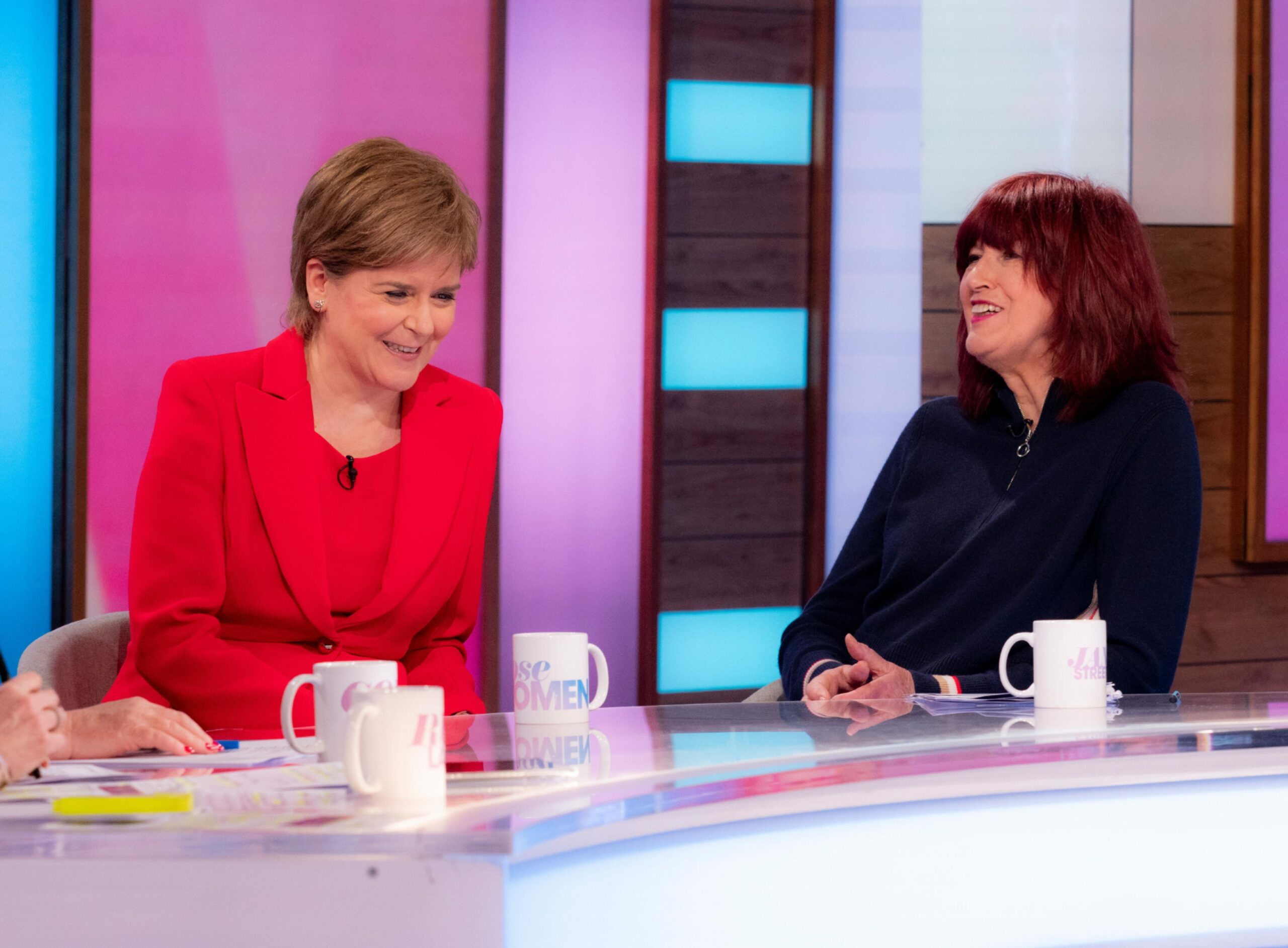It is a sign of the recent turbulence in our politics that we currently have three former Prime Ministers still sitting in the House of Commons.
Generally speaking – as Rishi Sunak may yet find out – having ex-leaders looking over your shoulder is about as welcome as Peter Murrell at SNP HQ.
Ex-leaders scrutinise and criticise, and act as a focal point for media attention and parliamentary rebellion.
Worst of all, they often struggle to relinquish the limelight and retire with dignity.
Nicola Sturgeon knows this as well as anyone, having suffered from Alex Salmond making a nuisance of himself almost as soon as he handed over the keys to Bute House.
Their relationship soured for far more serious and well-publicised reasons, but the rot began with some Salmond mischief making from the backbenches.
What, then, can we expect from Sturgeon after she retires as First Minister next week?
She has already insisted she intends to stay on as a backbencher until the next Scottish Parliament election but, if you believe that, I have got 100,000 SNP members to sell you.
The next Holyrood ballot is three years away, and Sturgeon is shrewd enough to realise that, if she wants any sort of respectable new role, she can’t wait that long – politics and the world will have moved on, and she will be a has-been.
The fact her husband is now also unemployed will make moving on even easier.
Sturgeon has ambitions outwith Holyrood
Certainly, Sturgeon’s valedictory speaking tour over the last few days suggests she has greater ambitions than taking part in debates on computer recycling or the fate of wild animals in travelling circuses from the Holyrood backbenches.
Often the where and when is as important as the what in politics, and Sturgeon’s decision to make her final set-piece speech at a bastion of London’s liberal elite – and appear on one of the UK’s most popular day time TV shows – tells us something of her intentions.
By speaking at the Royal Society of Arts in Covent Garden, Sturgeon was attempting to entrench her reputation as a leading light among the Guardianistas, who are generally far enough removed to not notice or care about the divisiveness of Sturgeon’s politics.
Ever the campaigner, Sturgeon knows support from this constituency will be key to unlocking opportunities for her in the third sector, international bodies, and cultural institutions.
Sturgeon’s appearance on Loose Women was more about winning back a key constituency than entrenching her reputation.
As a successful and powerful woman, Sturgeon had enjoyed adulation among feminists, but has since slipped in the estimation of many following her tin-ear to criticism of her gender recognition reforms.
Loose Women was her chance to win them back.
Her sudden decision to apologise for the historic wrong of forced adoption – one of her final acts as First Minister – will further bolster her credentials in pursuit of a domestic or international ambassadorial role working on behalf of women and girls.
These actions reveal Sturgeon fancies a new job that is both beyond Scotland and beyond day-to-day politics – a reality that would make her continuation as an MSP untenable.
Unlike Sunak or Sturgeon herself then, the new First Minister should not have to worry about her predecessor hanging around for long.
But the new leader should also be wary of celebrating too prematurely – Sturgeon’s resignation will lead to a tricky by-election for the SNP in Glasgow Southside, home turf of Scottish Labour leader Anas Sarwar, who would relish standing in such a contest.
In that case, just as Sturgeon’s departure from Bute House has caused the SNP no end of drama, so will her departure from Holyrood.













Conversation